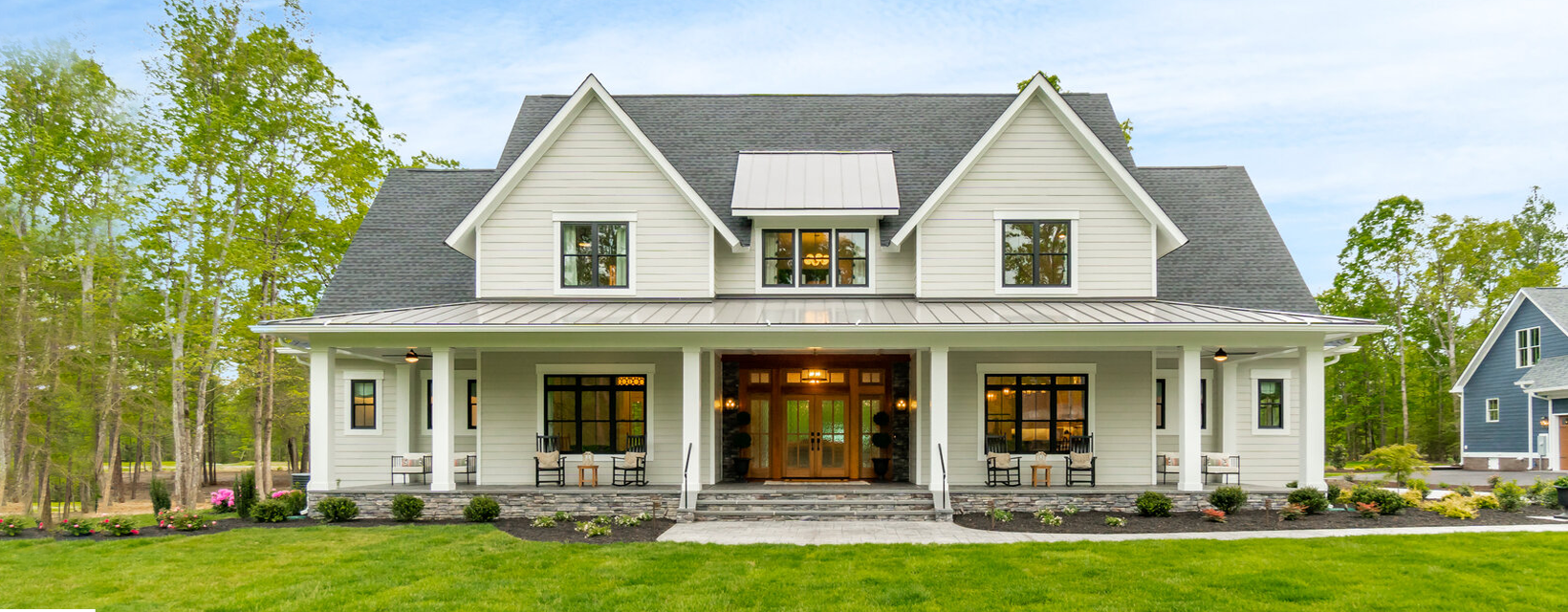Zillow’s recent exit from iBuying sent a shockwave through my confidence that iBuying has a long-term profitable place in real estate tech. As I thought it through, I concluded it’s too early to tell if the iBuying opportunity will stand the test of time. In the meantime, it’s still our job at Loup to predict where consumer behavior will evolve over the next decade and which companies will enable that change. Opendoor’s September quarter report, in the shadow of Zillow’s iBuying exit, was at least one data point that iBuying has a future. And if it does have a future, Opendoor will be a likely winner given Zillow’s exit puts about 25% of the iBuying market share up from grabs, and Opendoor is positioned to capture much of it given it’s the only iBuying company with scale based on its current 50% plus market share. Loup is an investor in OPEN.
Takeaways from the quarter
- The company is operating above plan, as evidenced by exceeding revenue expectations by 13% and guiding revenue up by 8% for the December quarter. EPS was a loss of $0.09 compared to the Street expecting a loss of $0.17.
- From a high level, Opendoor’s vision is to build a consumer-facing, vertically integrated way to sell, finance, and buy homes. This is where Zillow struggled to innovate, given the marketplace nature of the platform put Zillow’s cash-generating customers (agents) at odds with vertically integrated products.
- Zillow leaving the market could impact Opendoor’s marketing efficiency given Opendoor will likely benefit from Zillow building broader awareness of iBuying. That said, with an NPS consistently above 80, once Opendoor gets a foothold in a market, word-of-mouth marketing is powerful.
Why has Opendoor not blown up like Zillow?
Understandably, the earnings call focused on the risk that Opendoor’s iBuying aspirations ultimately end like Zillow’s. The company pointed to its pricing algorithms, which include risk management rules, along with operational refinement and scale, as reasons why they’ll be successful in iBuying. From my end, while the jury is out, things are moving in the right direction.
- Pricing Models. The company said its pricing models are “core to what we do” and something it treats as “proprietary and a large competitive moat that compounds as we get to scale over time.” Additionally, CFO Carrie Wheeler reiterated that “the model works in up markets and down markets.” In other words, Opendoor is saying it scales up or down its pricing spread based on their projections for each market. While the company’s response to the questions is predictable, they have backed that up with a reporting metric. If they meet their guidance for December, it will mark the 20th consecutive quarter in which Opendoor has posted a positive contribution margin. In other words, 20 quarters in which they’ve made money on buying and selling the home. Although the company is still losing money after factoring in operating expenses, the contribution margin trend is encouraging for the iBuying theme. In terms of risk management, CFO Carrie Wheeler commented it “is part of our DNA. We spend as much time on the risk management side as we do thinking about the acquisition [pricing] side.” Ultimately, the fact that Opendoor is purpose-built for iBuying and has refined its process over the past seven years means they’re the best in the business at pricing and managing risk.
- Operations. The company gave color around its operational approach. Specifically, they called out two things they focus on in their operations platform: centralization, in that all customer questions and home offers run through headquarters. This provides efficiencies, visibility, and more control over each market. Second is virtualization, by which they leverage seller-generated video walkthroughs to help evaluate homes. The video walkthroughs before purchasing a home are efficient, but riskier in my opinion.
